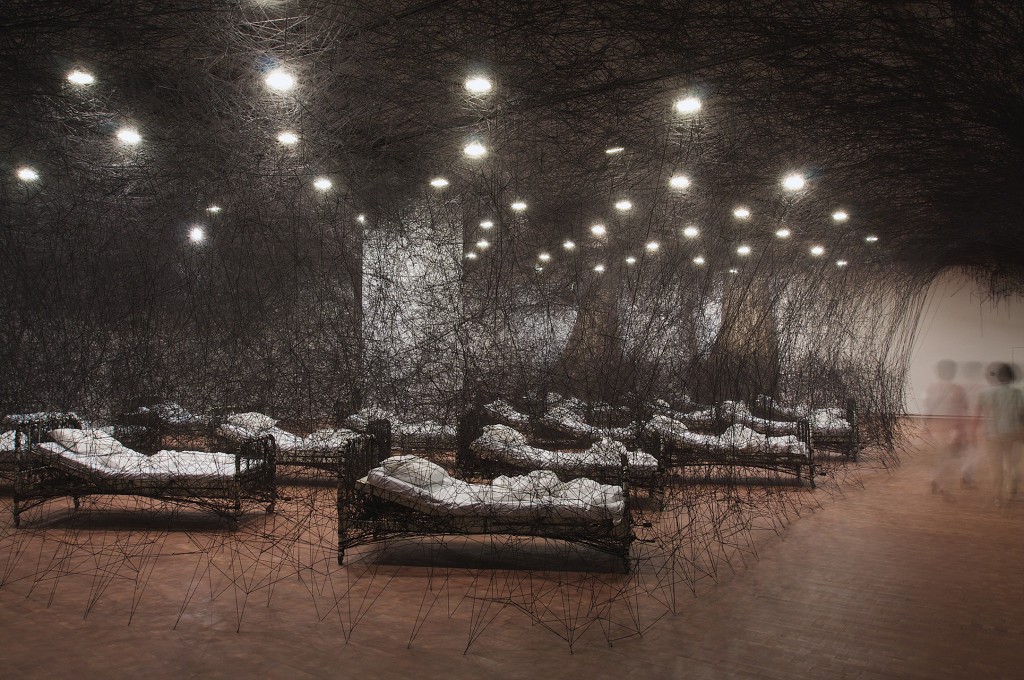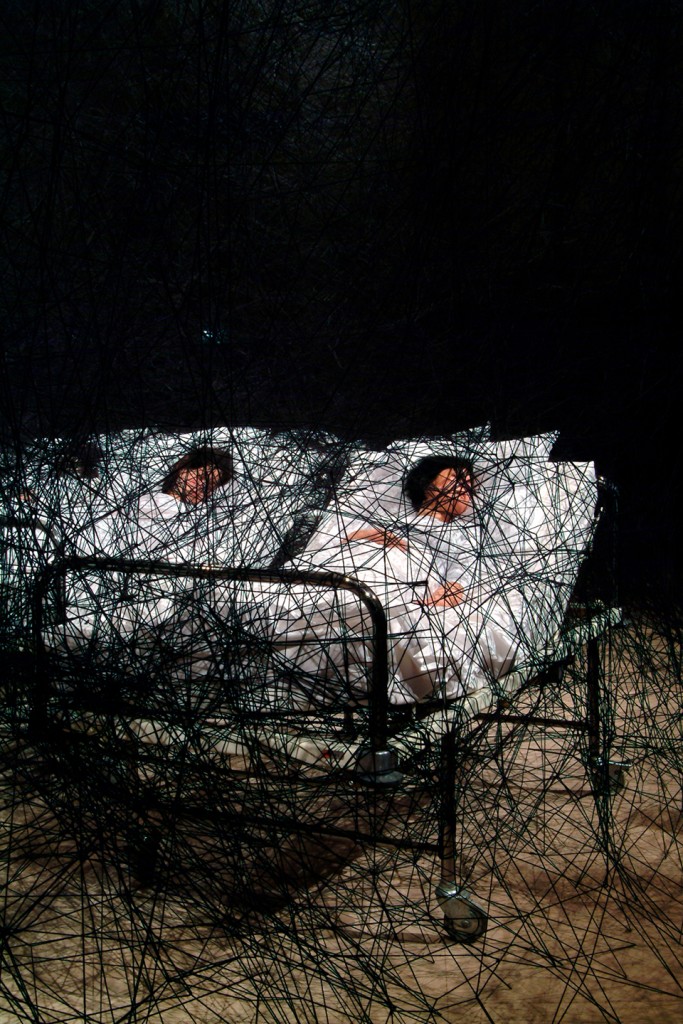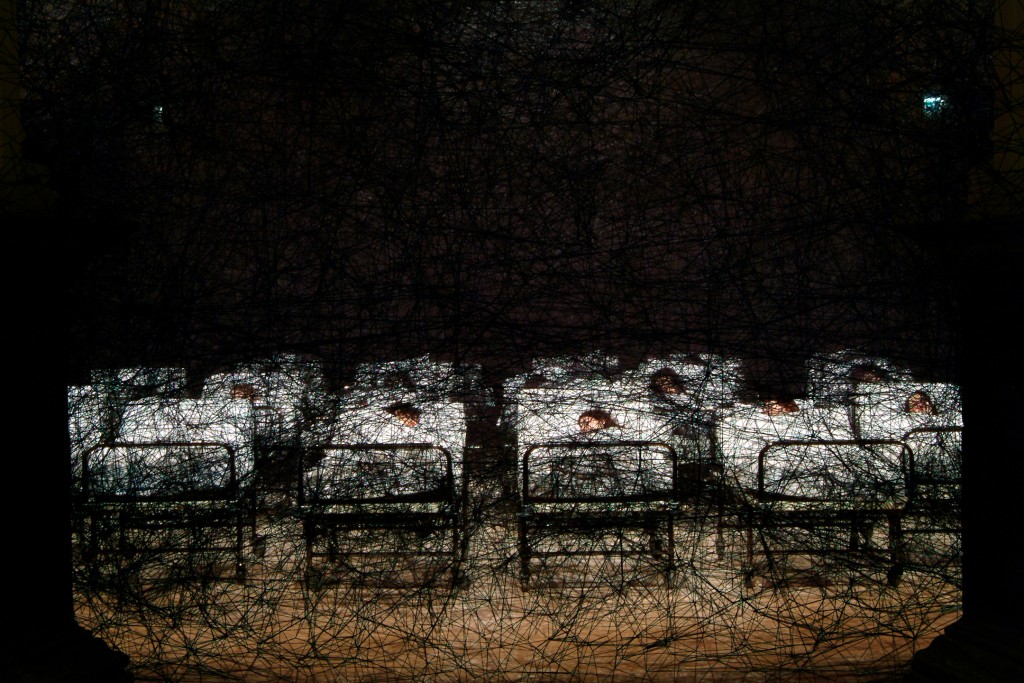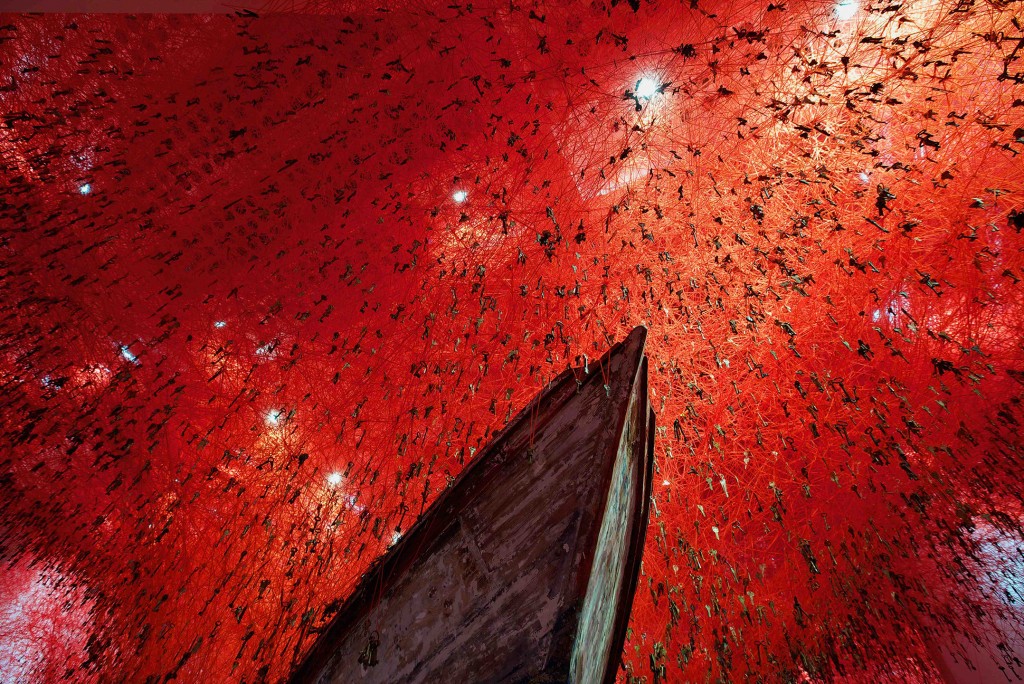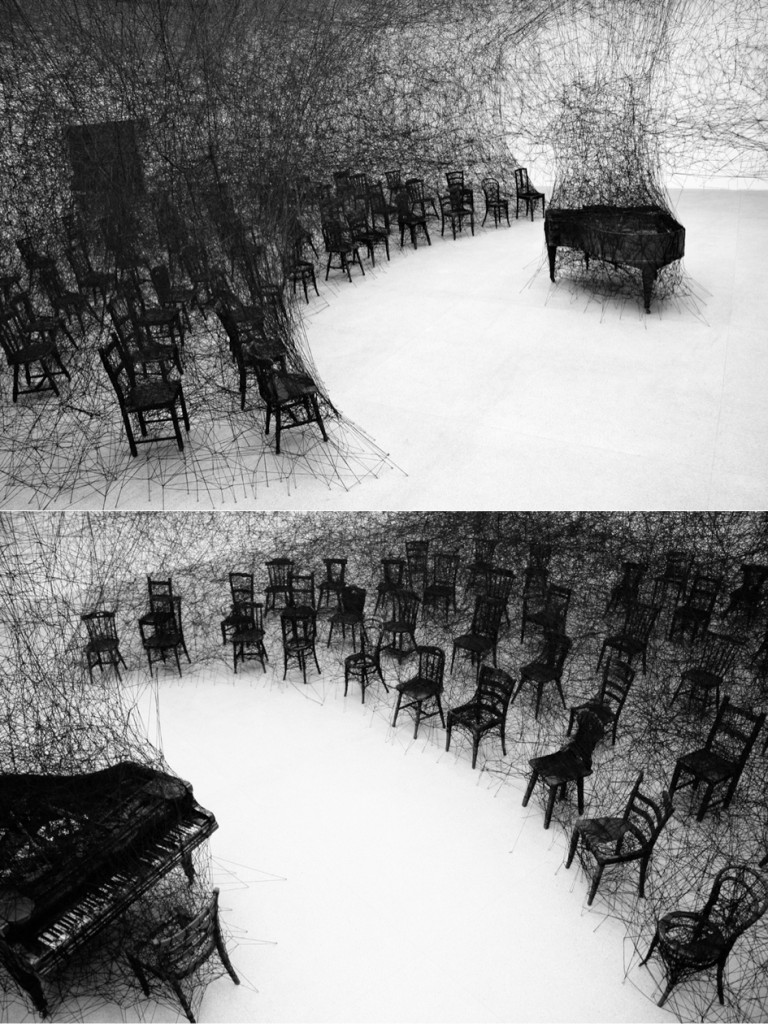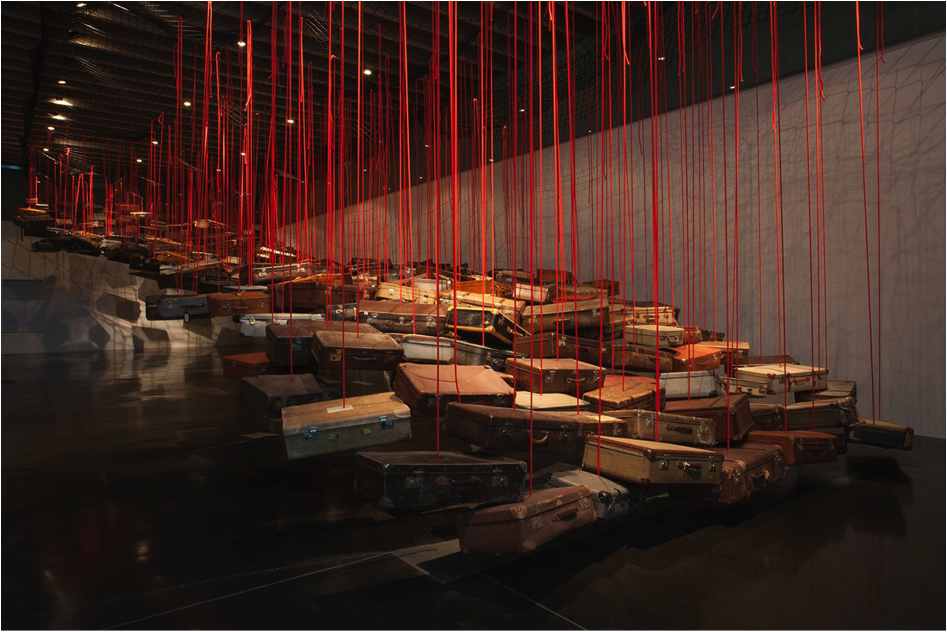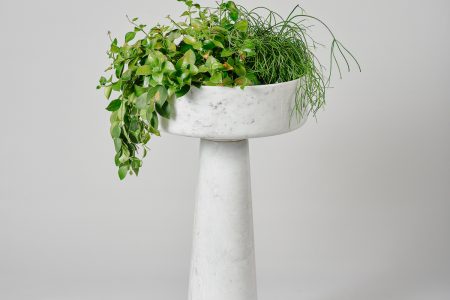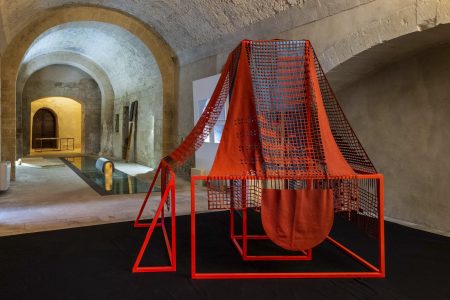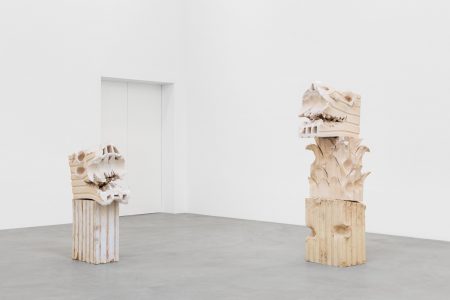Chiharu Shiota: Threaded of Memories
In an exclusive interview, artist Chiharu Shiota talks about objects in her art. Sleep Is Like Death by Chiharu Shiota at Galerie Daniel Templon in Brussels until 20 Feb 2016.
So-called ‘conceptual’ artists in the 1960s focused on the idea to the almost complete exclusion of form. For the past several years, it seems that for ‘visual’ artists, on the contrary, form is everything. Amongst contemporary visual artists, Chiharu Shiota is one of those attracting the most attention. With her installations weaving light and colours at the Venice Biennial or the Galerie Daniel Templon, the show is always alluring. Objects caught in the web of his imagination become anchors weighted down with memories and thrown overboard as if to berth ever closer to the spectators.
TLmagazine gives the floor to one of the visual artists who best represents the international art scene of the early 21st century.
TLmagazine: Objects are always part of your installations. Each is always isolated from the others, like words taken out of a sentence and repeated – sometimes infinitely, such as the thousands of keys in the Venice Biennial installation. I would like to ask you a one-word question: key?
Chiharu Shiota: I love this object. The keys I used for the Venice Biennial installation are old keys. I collected them with the objective of making this installation. I needed to collect something important, because I had lost something important. These keys contain many memories.
Each time you say ‘key’, you reach out your hand. A key in the hand?
CS: Yes, because when you have a key in your hand, you have an opportunity. Here, the boat is one hand [indicating a photo of the Venice Biennial installation]. The keys are like tiny bodies. Big head and little body. Thousands of little bodies in a hand. I never met the people to whom these keys belonged, but their memories are there. Memory is very important to me, and with these keys, I collected memory.
Another word: thread?
CS: Threads are connectors. Each key is connected with the others, and each body, and each memory. In this other installation [showing the photo of people sleeping on beds surrounded by a net of interwoven black thread], when people sleep their dreams are also connected.
The beds?
CS: I used beds because most people are born and die in a bed. Life begins and life ends in a bed, where all of us face dreams, sleep, fear, death…
Dreams and voyages, suitcases?
CS: Many people carry their lives in their suitcases. I travel a lot, and I myself constantly transport suitcases full of personal objects from country to country.
In one of your installations, hundreds of suitcases are each hung by a thread. It is called Dialogues, yet these thread do not create a connection.
CS: Yes they do, the thread connects each suitcase with a point: home. A line on which one moves in order to leave on an adventure or return home. For each suitcase, its own home. I changed the name of the installation: originally it was Searching for the Destination.
And the dialogue?
CS: You can’t see it in the photo [indicating the e photo], but the suitcases move, they bump into each other, they speak to each other, like when you are trying to make your way through a crowd of travellers.
Sometimes your installations include burned objects. Why?
CS: They are unusable, yet they do not lose their beauty. For me, they are even more beautiful. Their existence is stronger.
Why?
CS: I don’t know why. When I was a child, I played the piano. The neighbours’ house caught on fire, and they brought out the piano. I was surprised because it was burned and broken, yet I still found it beautiful. Later, I became an artist and I used a burnt piano in an installation.
A piano that makes no sound.
CS: On the contrary! I created the sound with the threads that filled the space around the piano. •
Chiharu Shiota’s exhibition Sleeping Is Like Death at Galerie Daniel Templon in Brussels, Belgium, from 14 January–20 February 2016.
The interview was originally published in TLmag 24, From East Asia to Northern Europe in December 2015.
Main image
Chiharu Shiota: During Sleep (2004).
Herzliya Museum, Herzliya, Israel.
Copyright VG Bild-Kunst. Courtesy of Chiharu Shiota.
